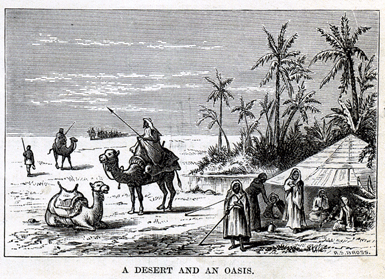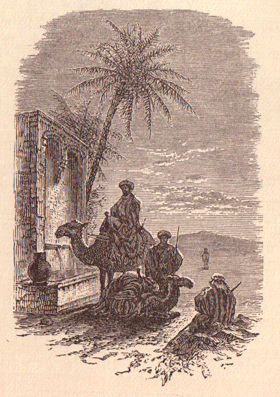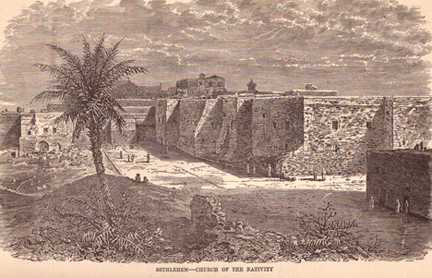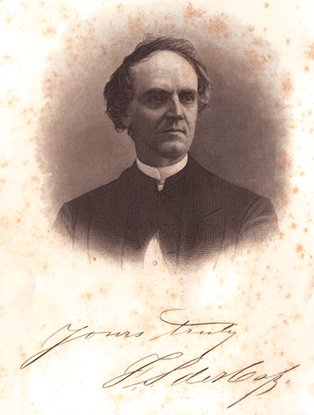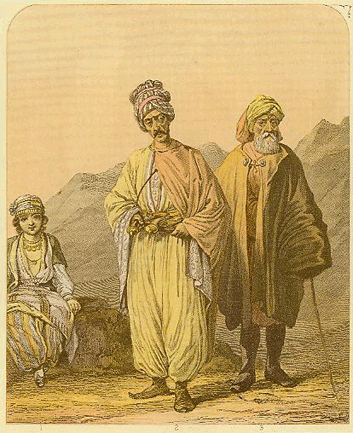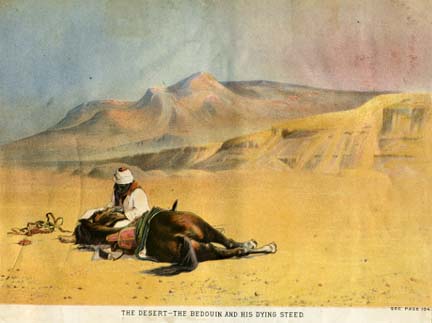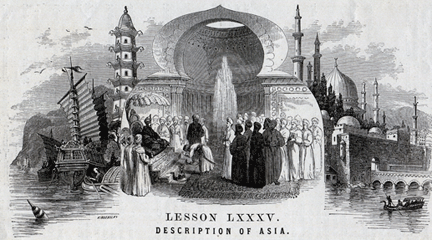
I recently started a thread on a school geography book from 1879. At that time the idea of “civilization†was fixed in a hierarchy. According to Lesson XXI (States of Civilization), there were degrees for separating out the inhabitants of the earth. Here is the sequence, with the student no doubt informed in the classroom that the United States was the most enlightened:
1. Nations, with regard to the degree of their civilization, are divided into five general classes: Savage, Barbarous, Half-civilized, Civilized, and Enlightened Nations.
2. Savages dwell in tribes; they live in caves, dens, or huts, and are chiefly occupied in hunting, fishing, or war.
3. Barbarous Nations live in larger communities than savages, practice some rude arts, attend to the rearing of flocks and herds, and in some cases, till the soil.
4. Half-civilized Nations have organized governments and dwell in cities, occupy themselves in agriculture and mechanic arts, but are without education, refinement, or morality.
5. Civilized Nations are such as have made considerable progress in knowledge and morality, have good governments and generally wise laws.
6. Enlightened Nations are such as hold the highest rank in intelligence, scientific progress, and moral, religious, and social culture.
Excerpt from: Colton’s Common School Geography (New York: Sheldon and Company, 1879), 17.
to be continued
